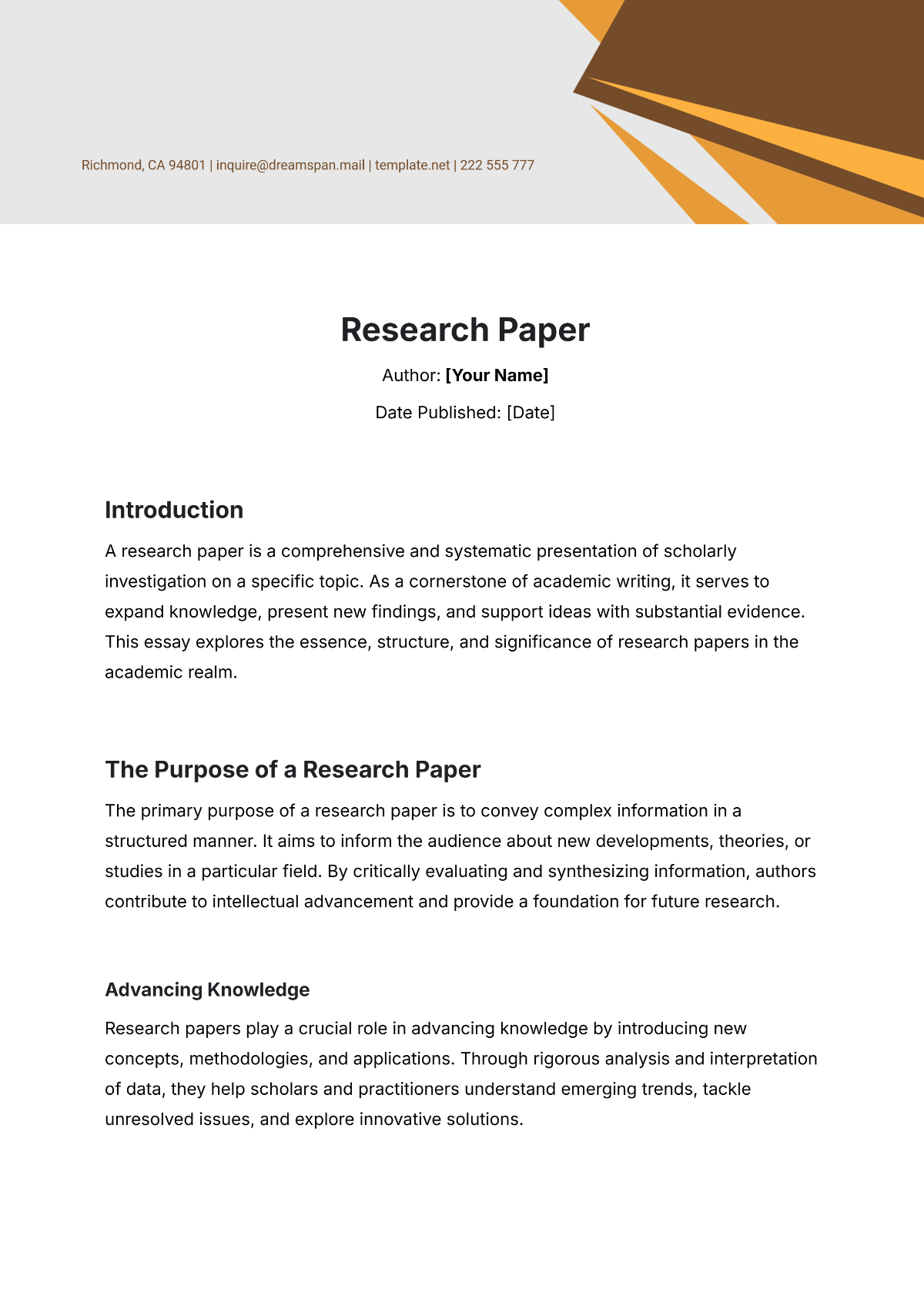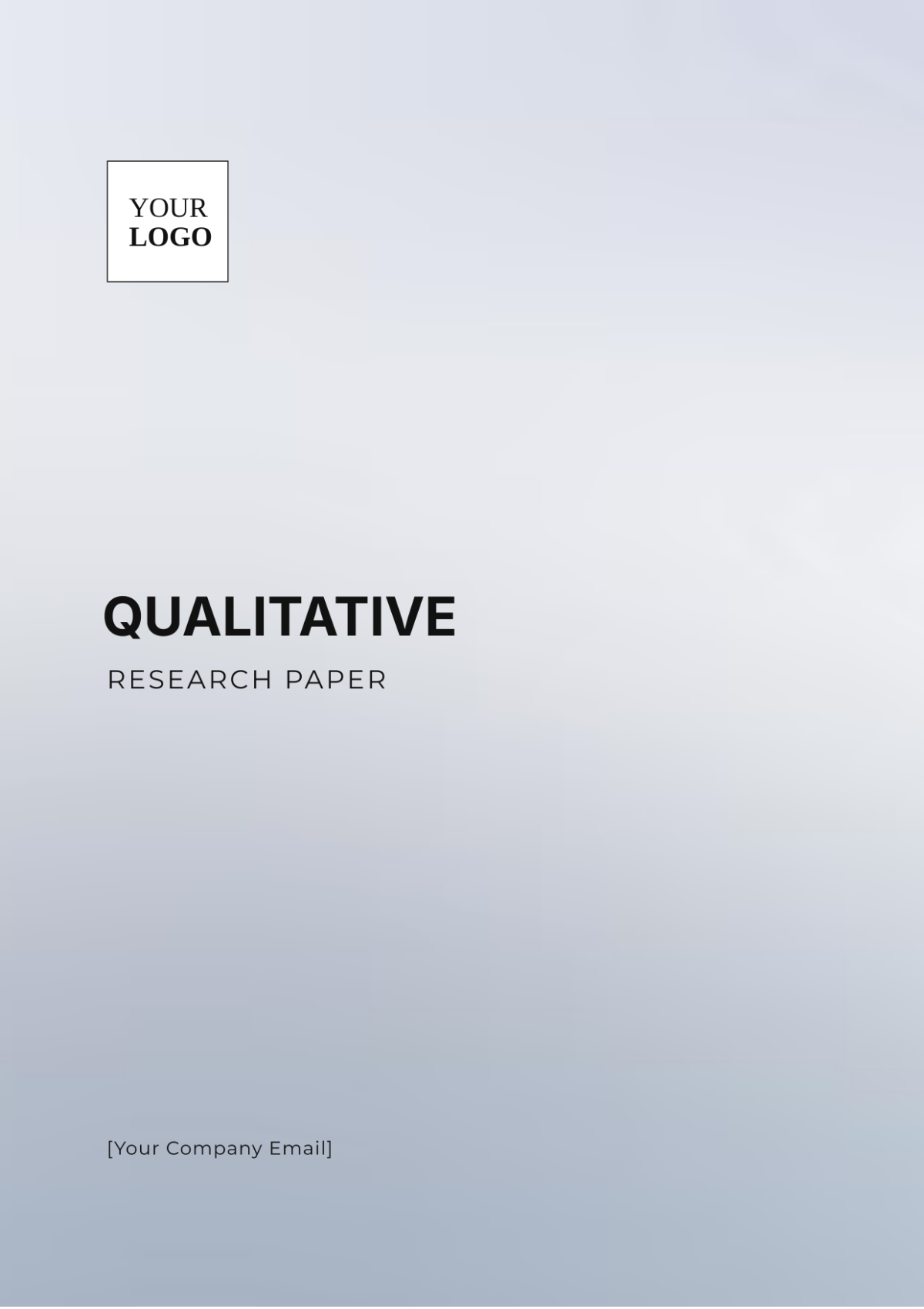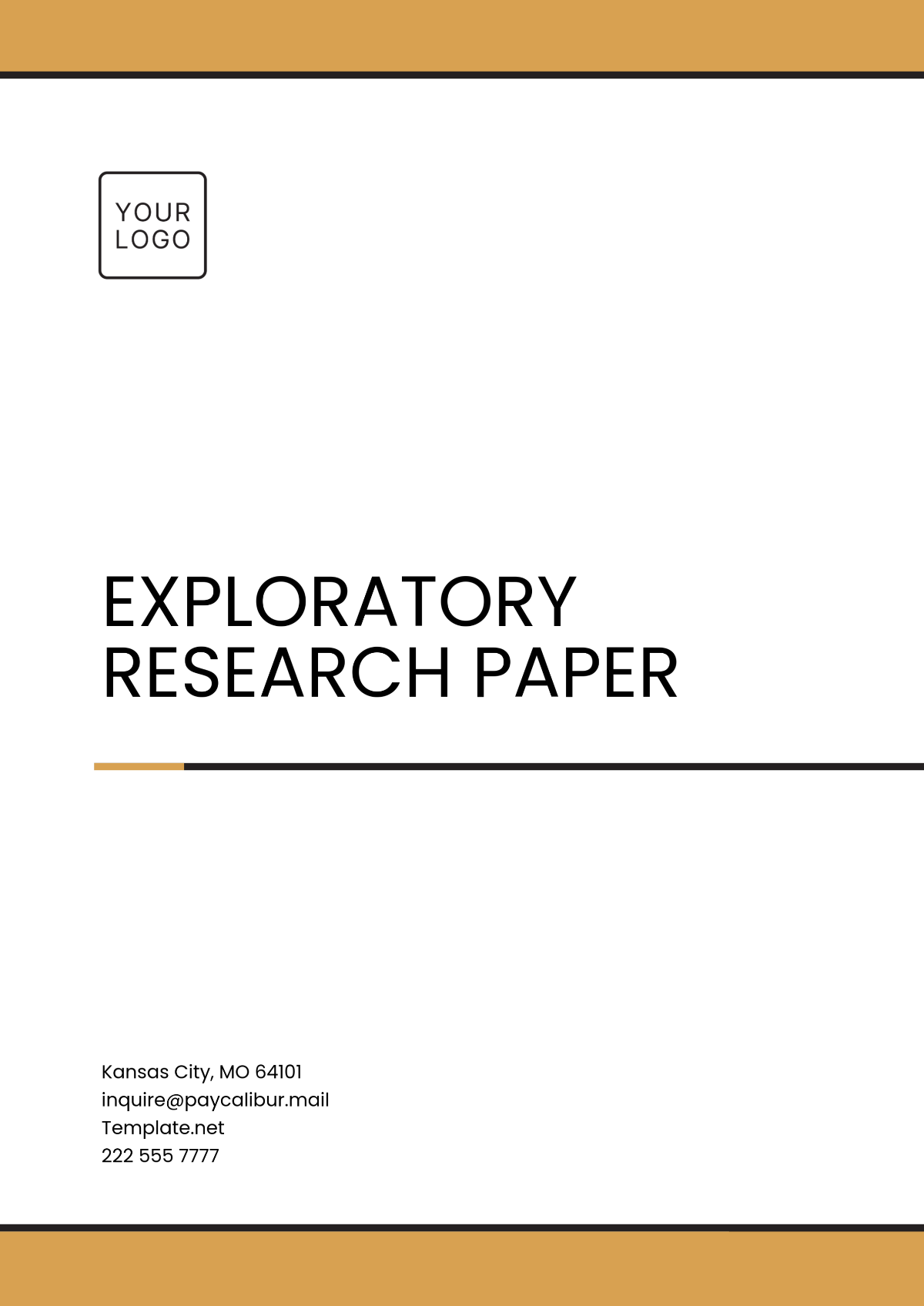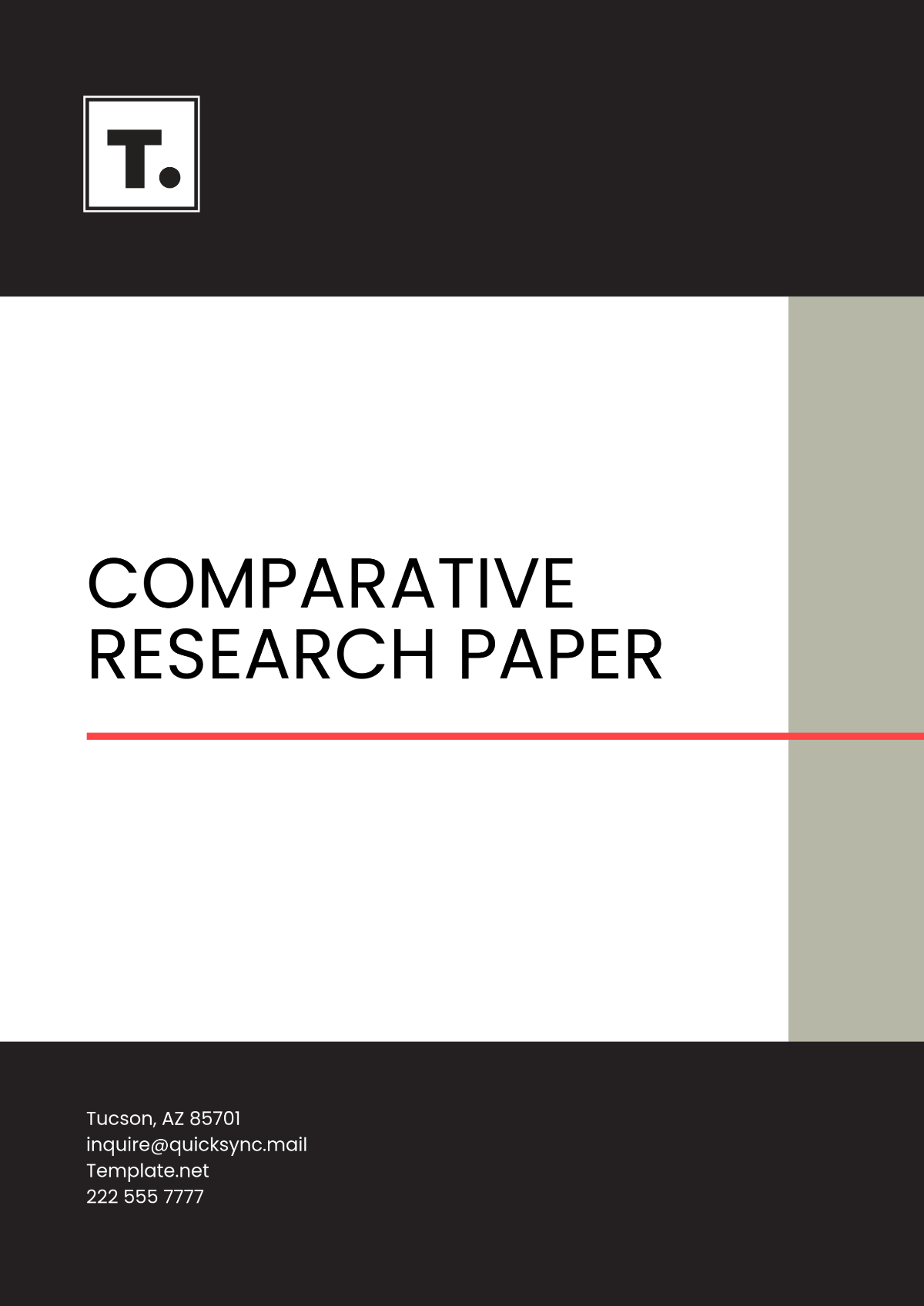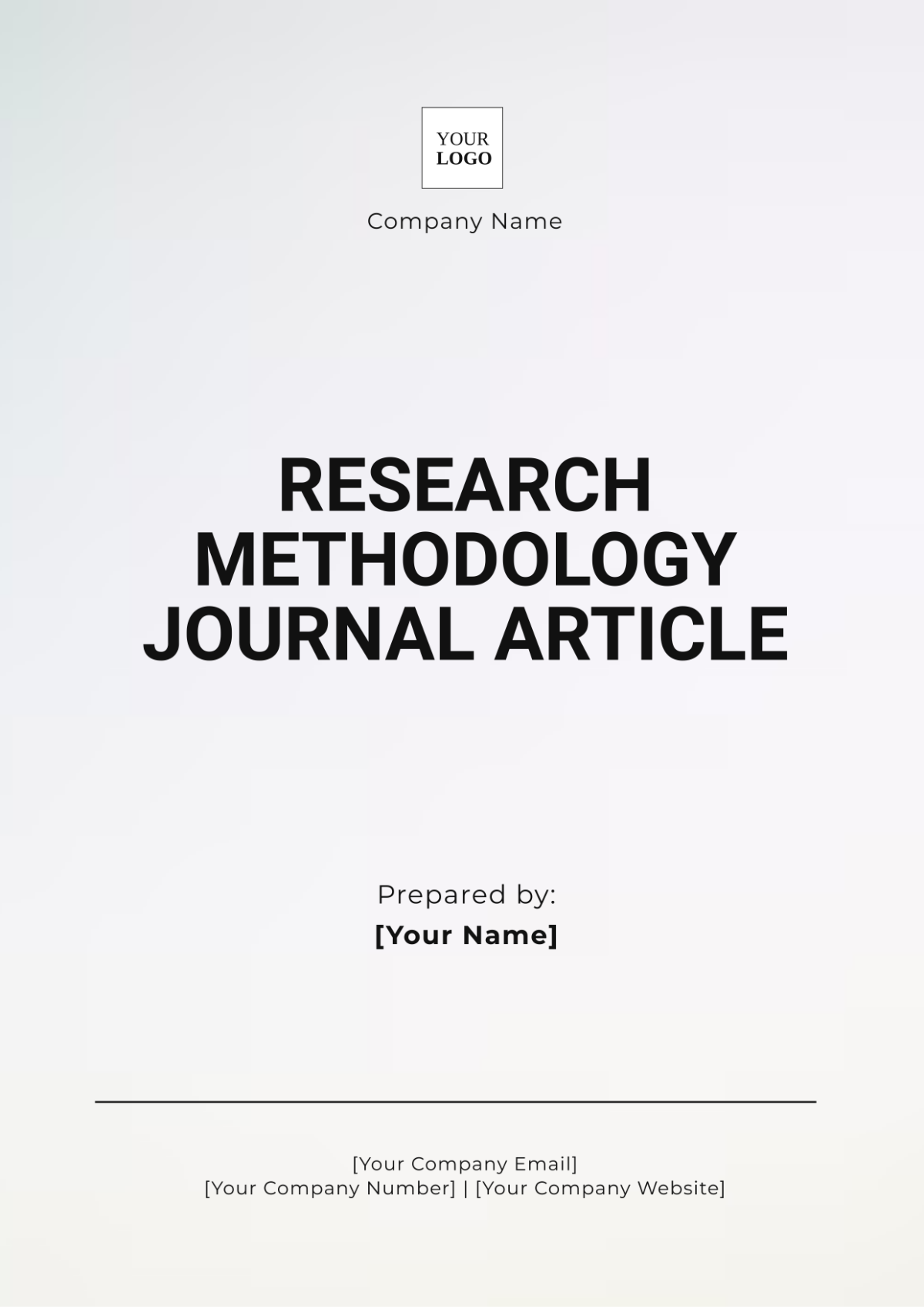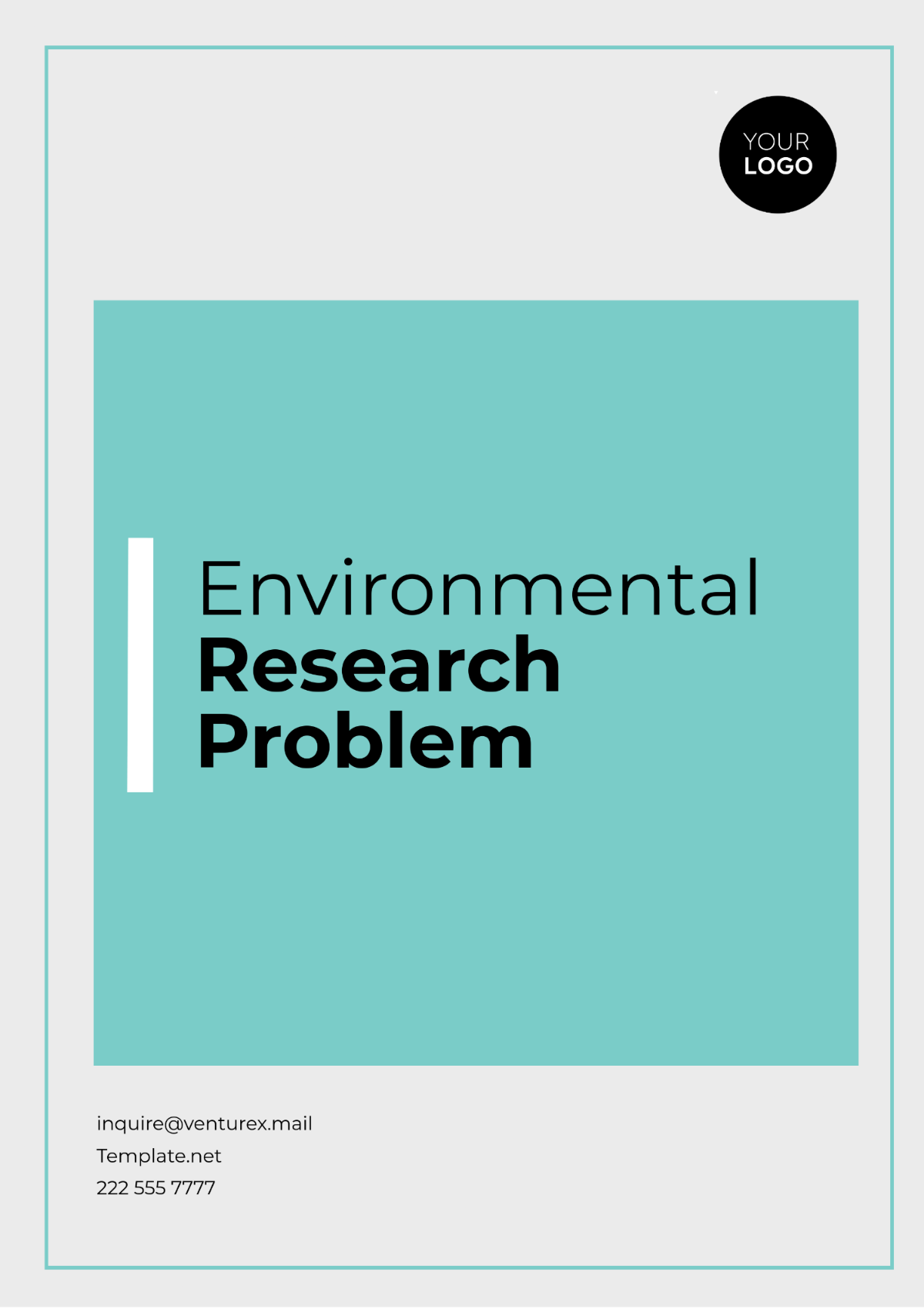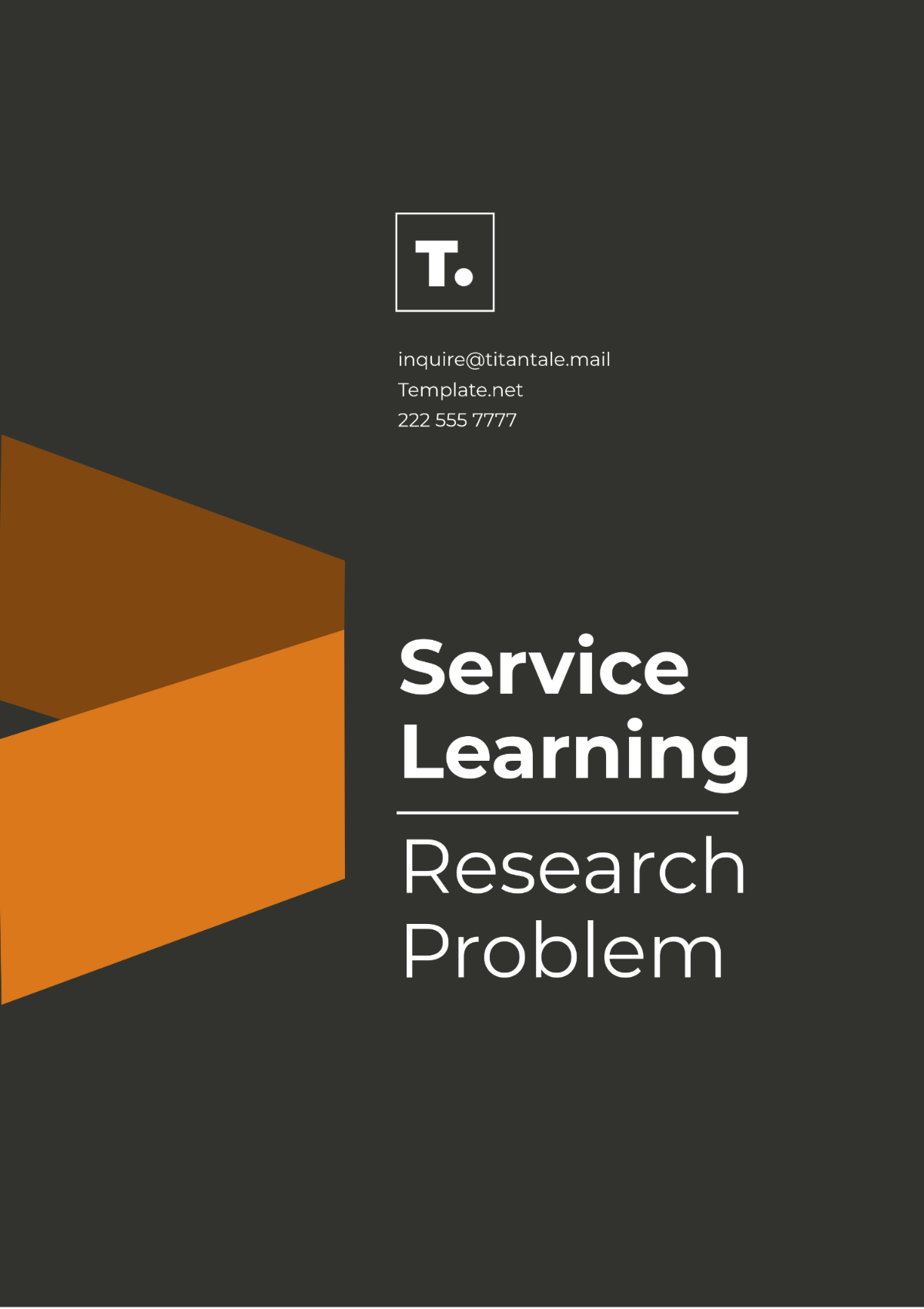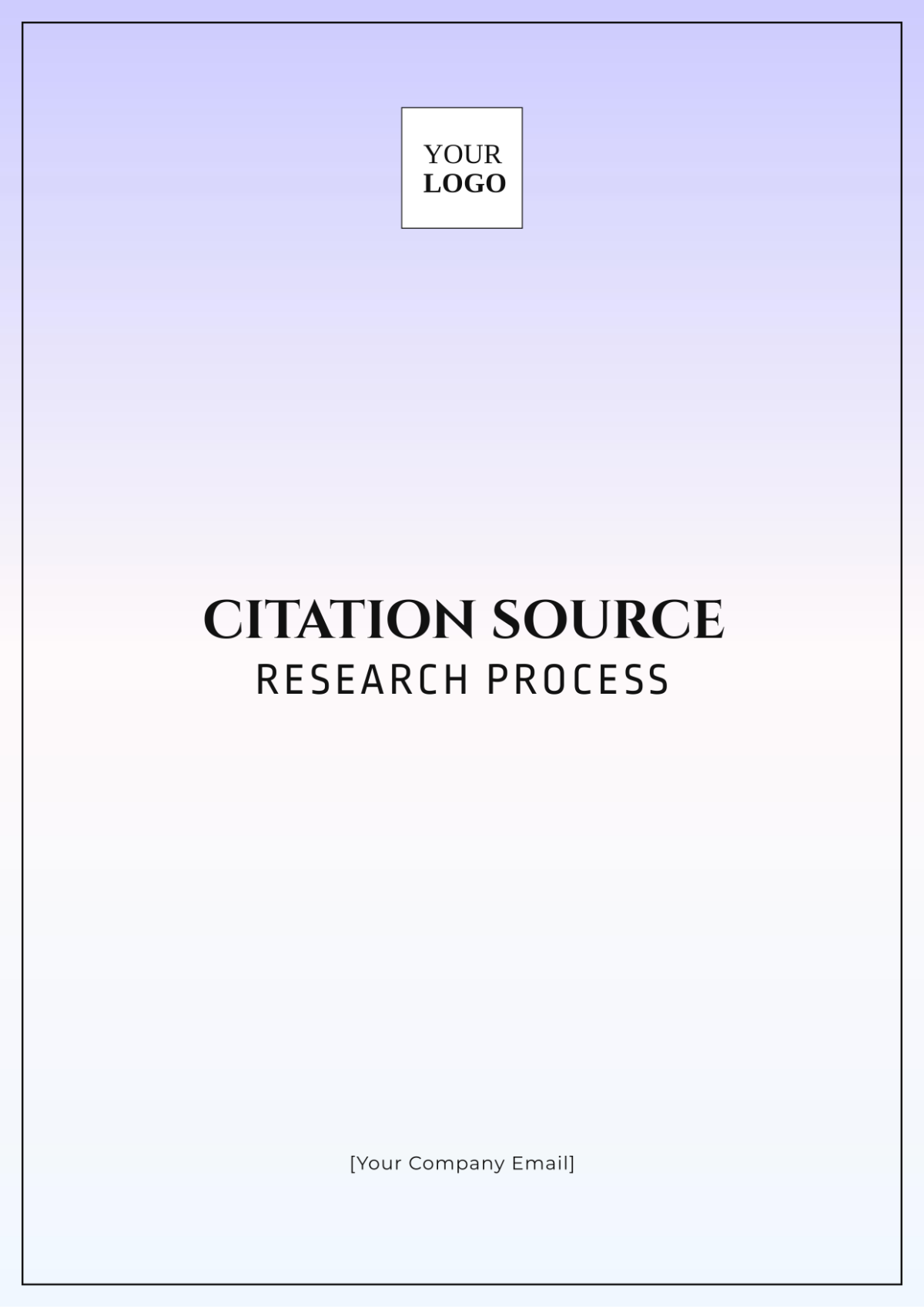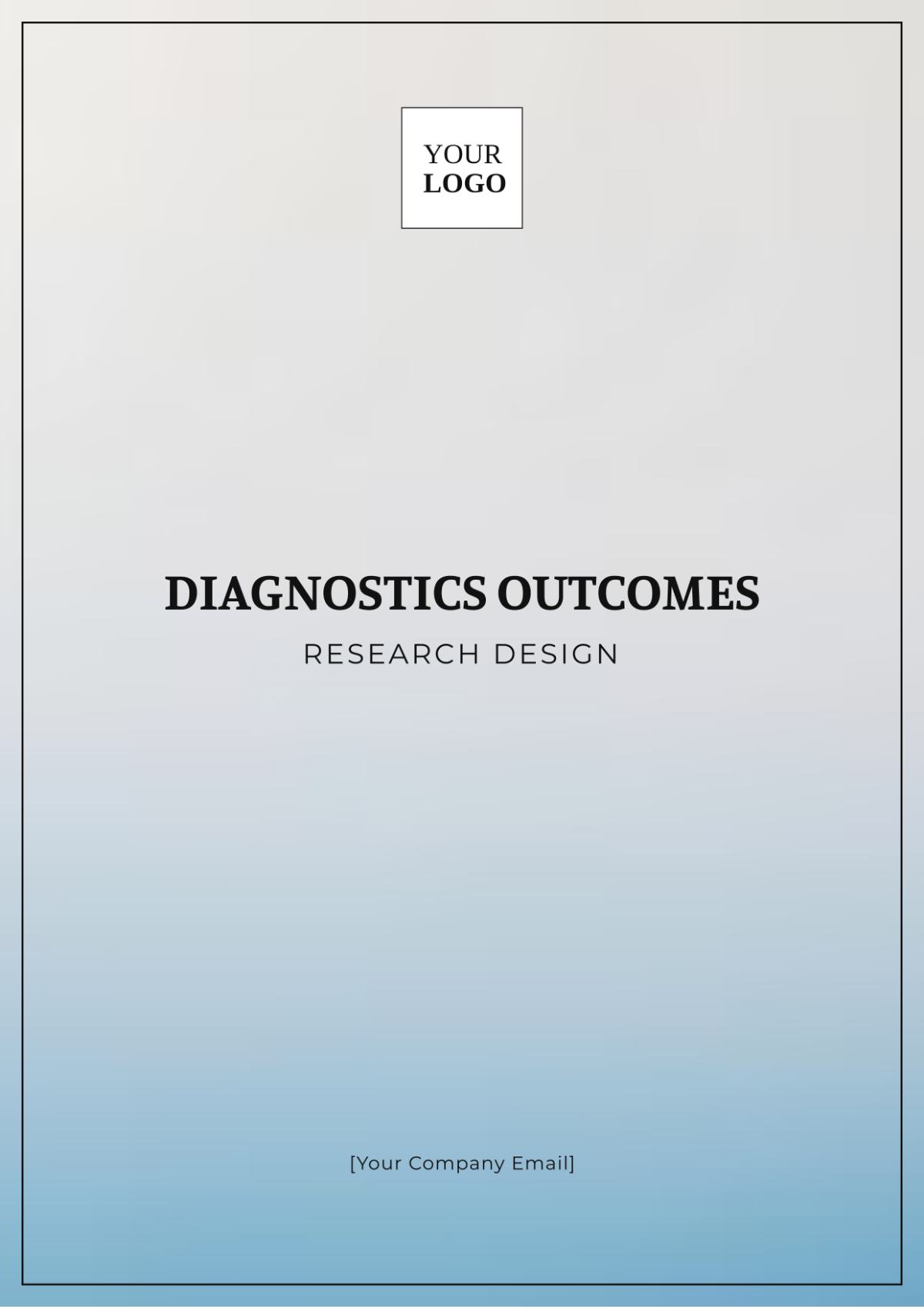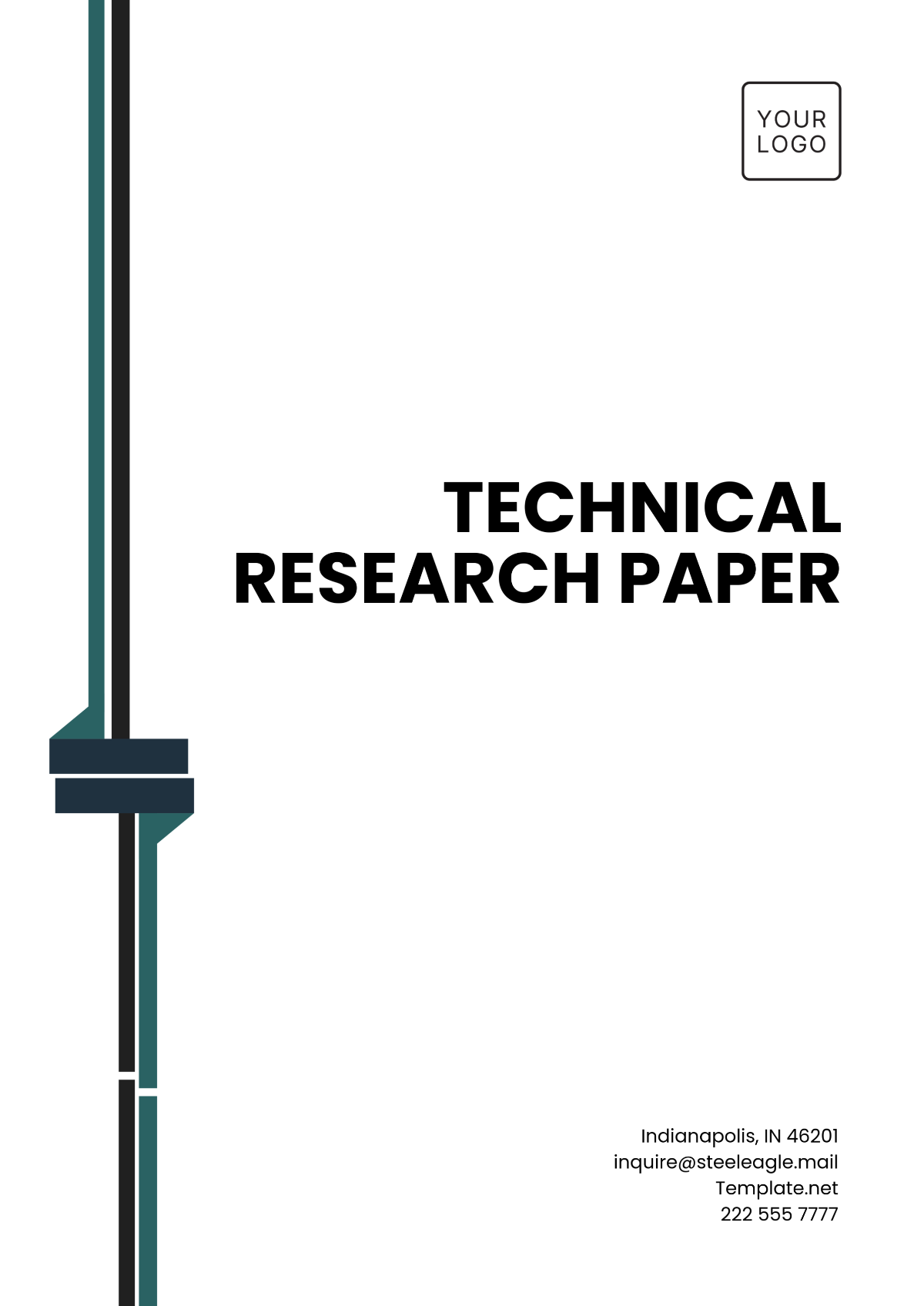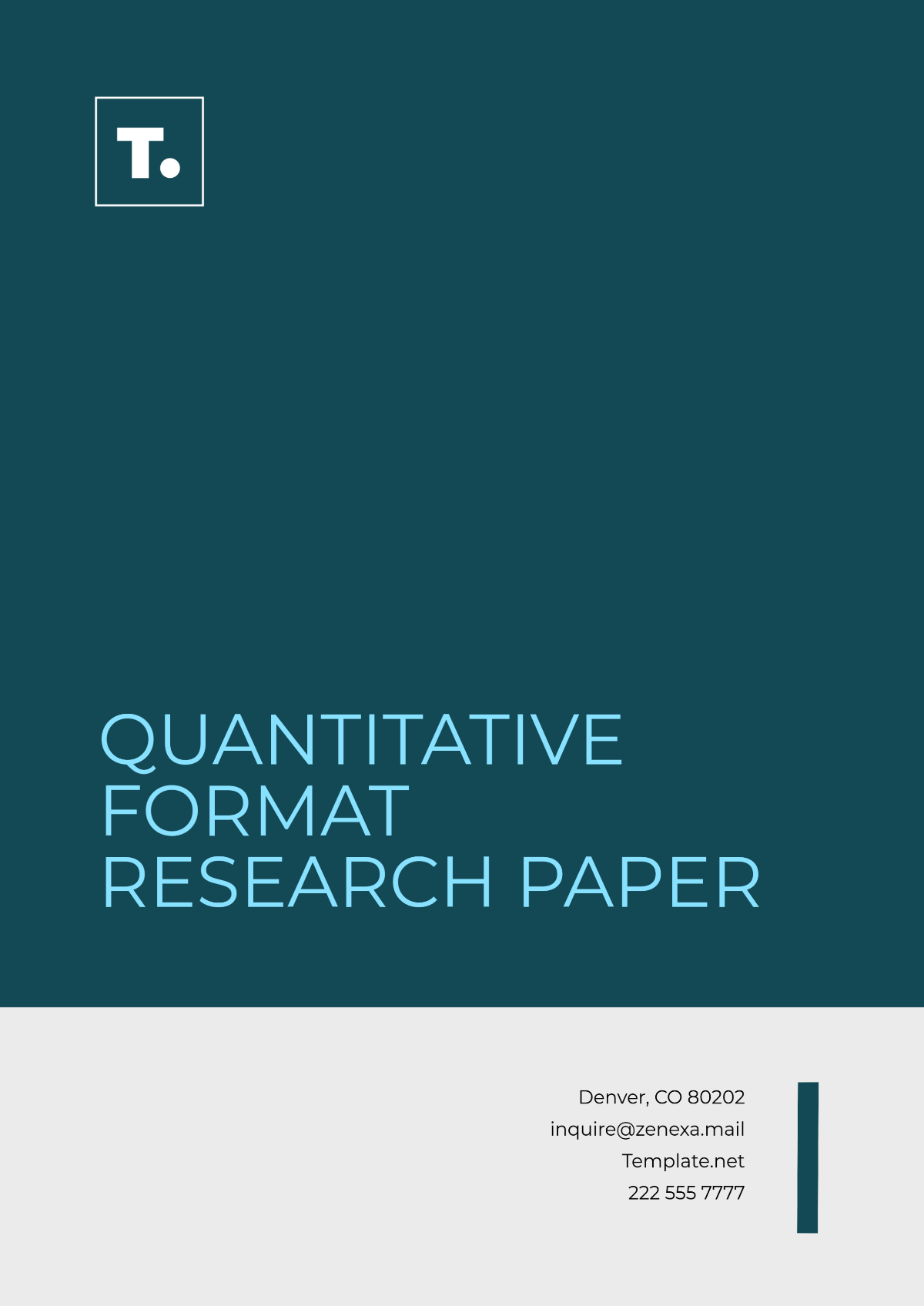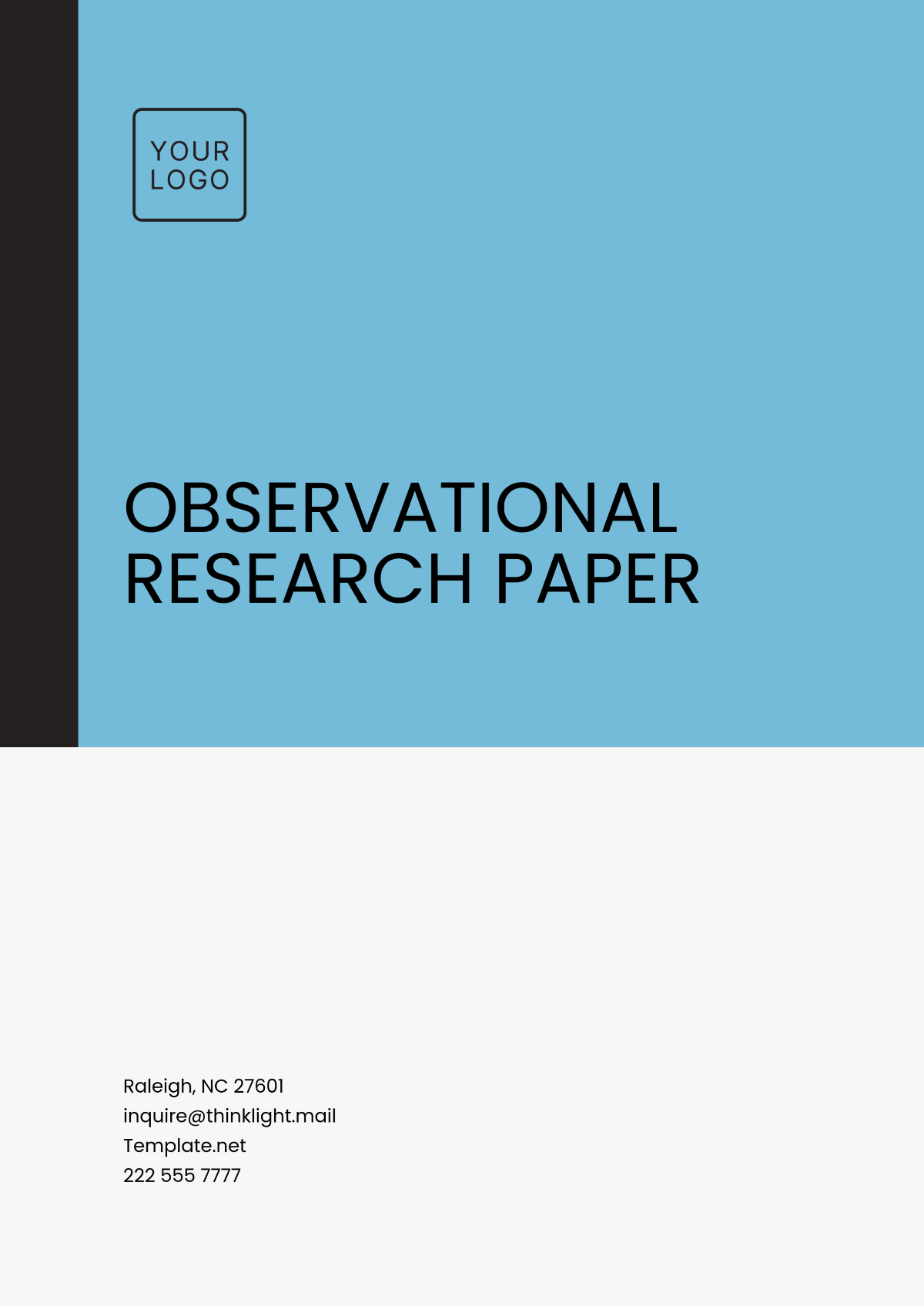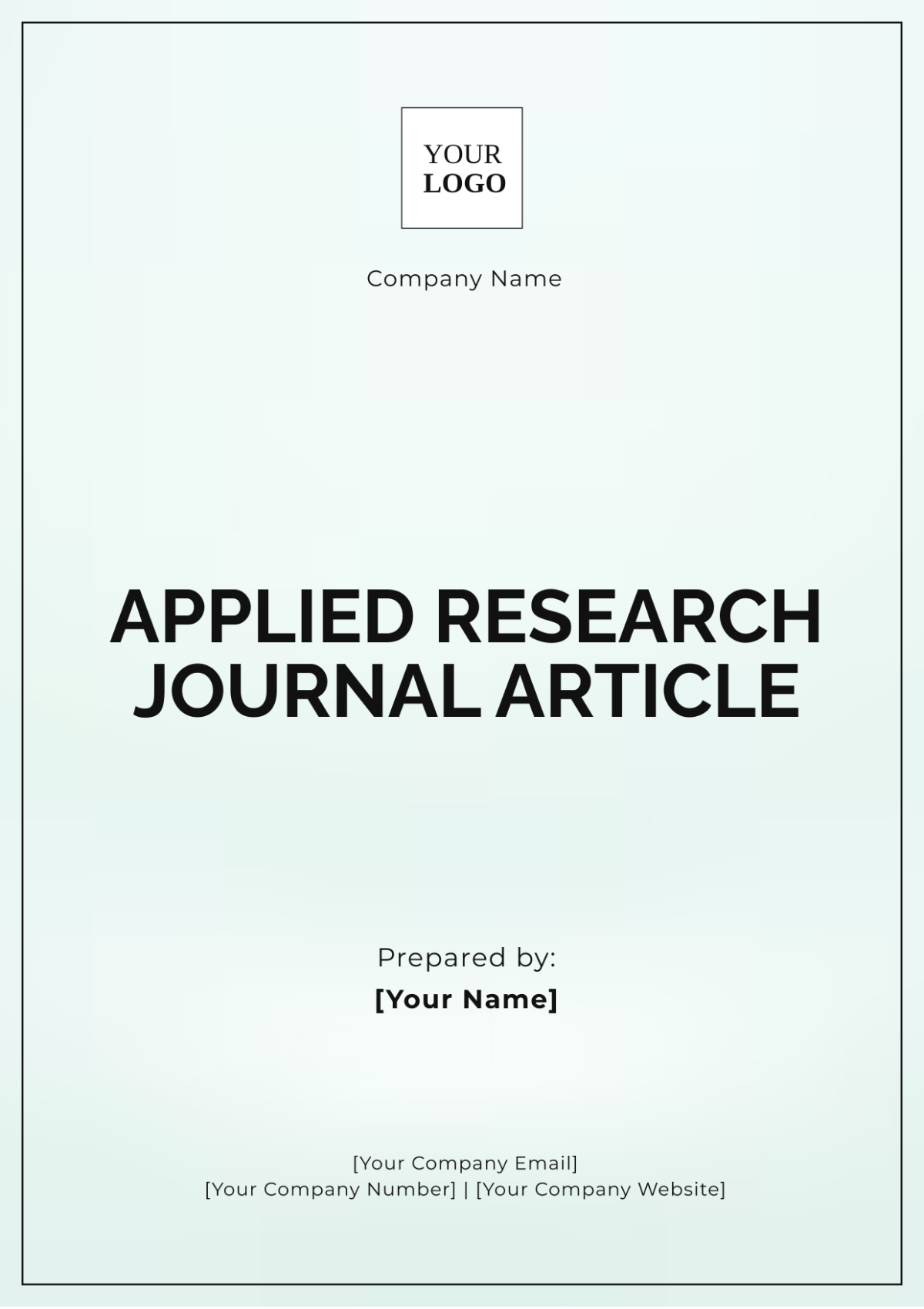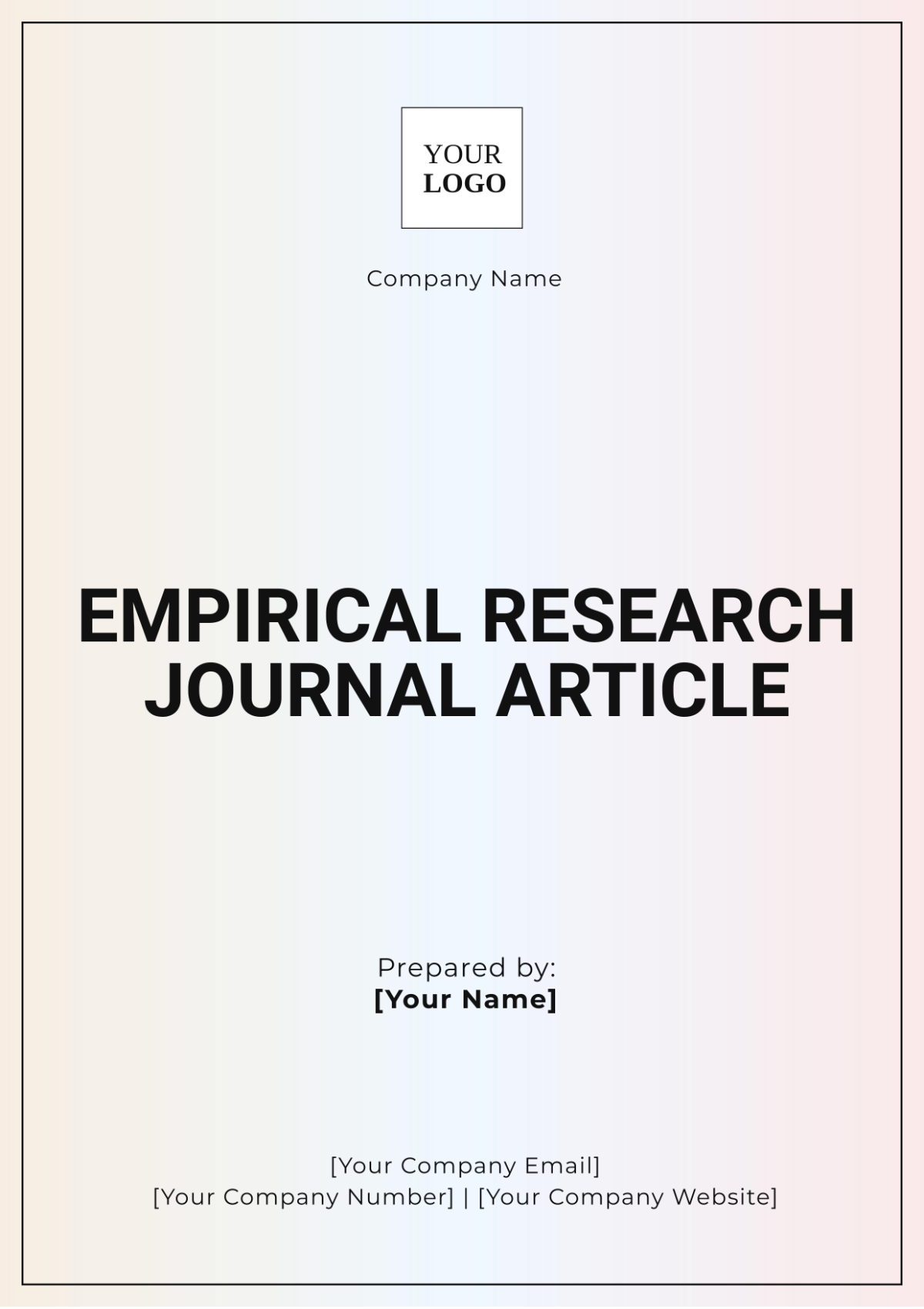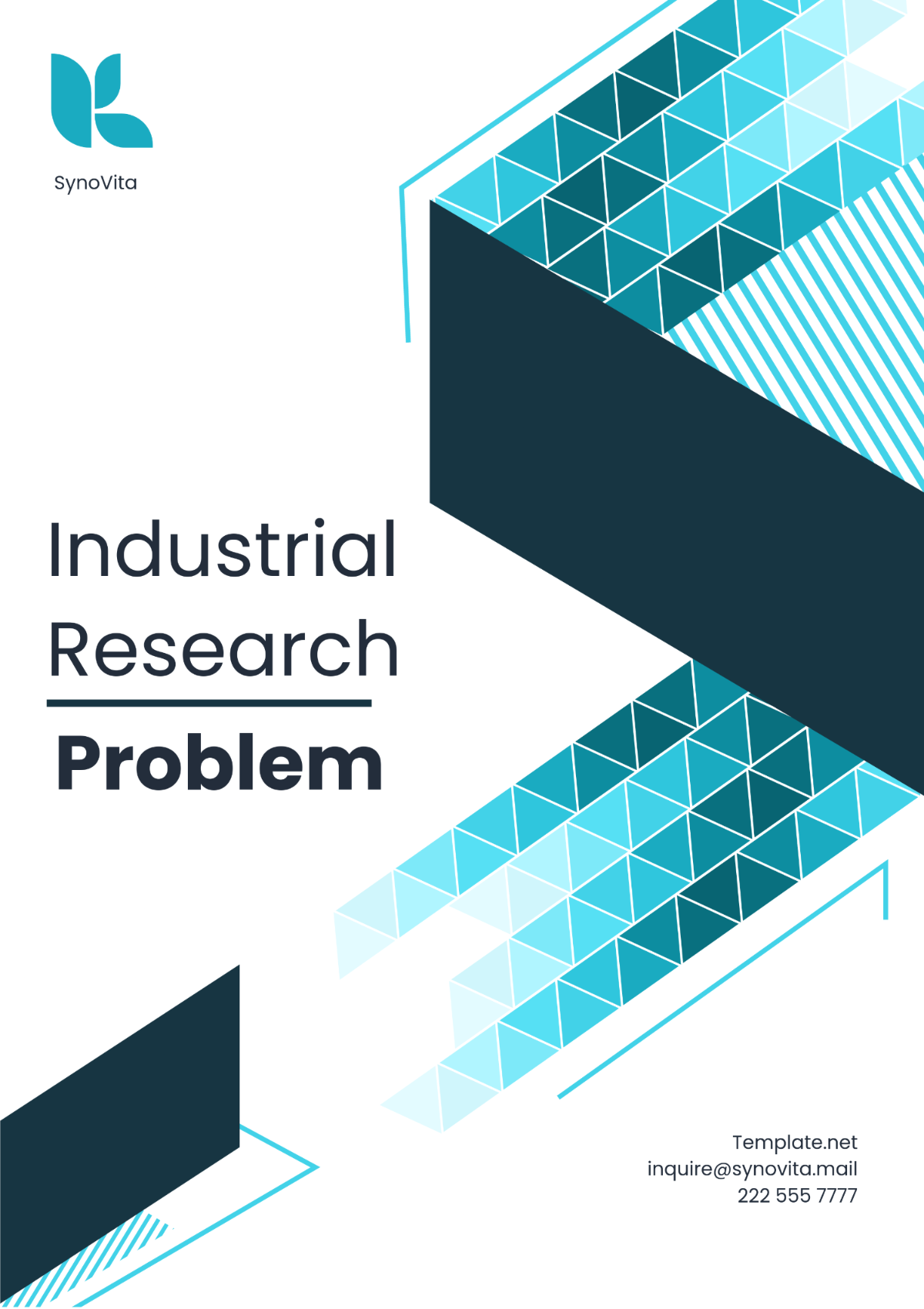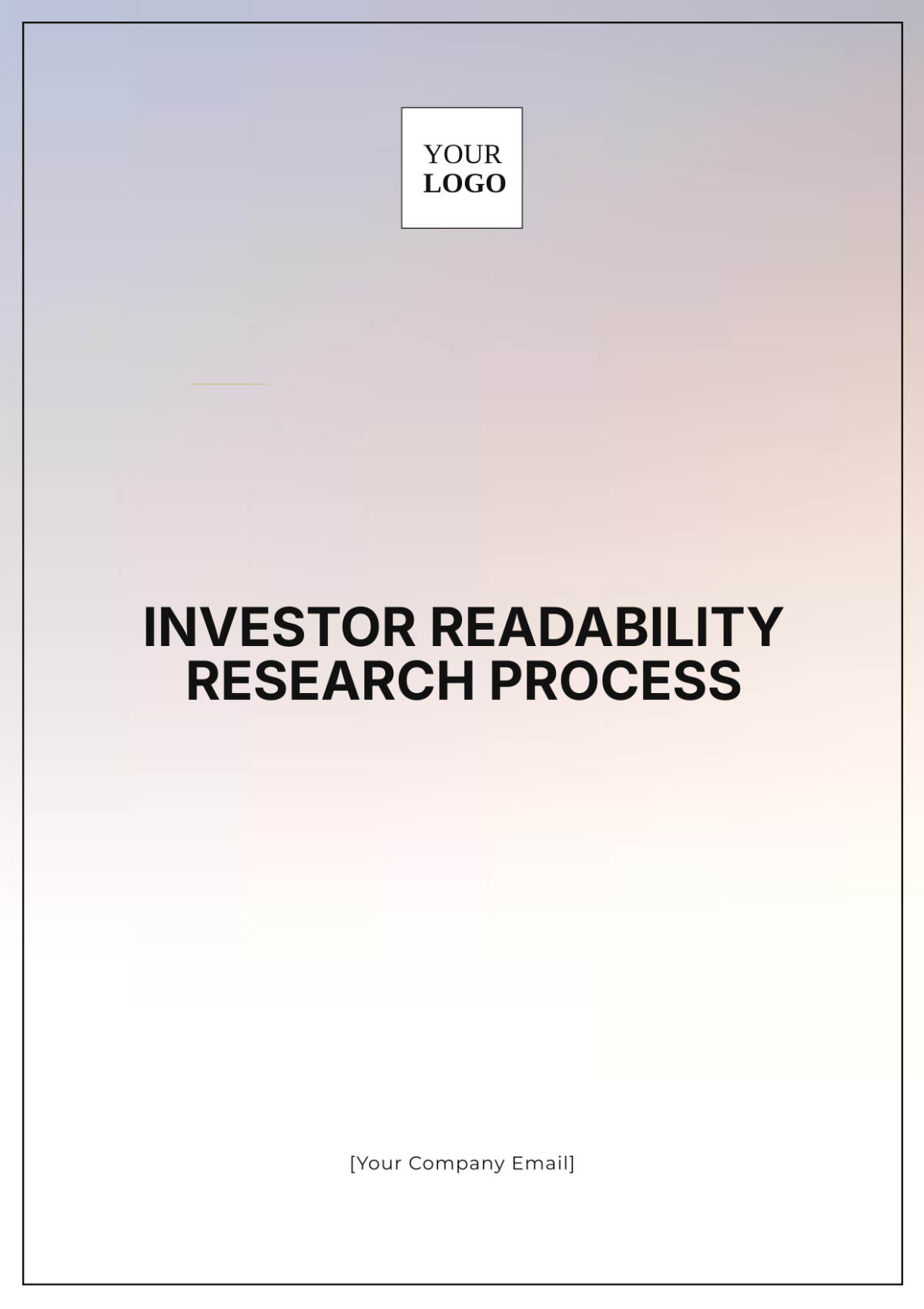Extensive Accounting Research
TABLE OF CONTENTS
Abstract.............................................................................................................3
Introduction.......................................................................................................4
Methodology......................................................................................................5
Financial Accounting.........................................................................................6
Cost Accounting.................................................................................................7
Auditing...............................................................................................................8
Environmental and Sustainability Accounting.................................................9
Technology and Innovation in Accounting.......................................................10
Conclusion...........................................................................................................12
Abstract
This document meticulously examines the Extensive Accounting Process. It aims to dissect, elucidate, and conceptualize a broad range of accounting processes and systems in detail. Adopting a holistic and multi-faceted approach, the study delves into an array of significant sub-topics. This endeavor facilitates a thorough and expansive analysis of the accounting process, highlighting its complexities and intricacies in the broader context of financial management.
Introduction
To fully appreciate the critical role of accounting in business, this research delves deeply into key concepts such as financial accounting, cost accounting, and auditing. It aims to unravel these areas with precision and clarity. Utilizing detailed schematic representations, this study provides an in-depth understanding and interpretation of these essential accounting domains. This approach ensures that complex principles are conveyed with clarity, thereby enhancing comprehension and highlighting the integral role of accounting in effective business management.
Methodology
In conducting this research, a structured and multifaceted methodology was adopted, characterized by its rigor and attention to detail. The following methods were utilized to ensure comprehensive data collection and analysis:
Scholarly Article Review: A thorough examination of academic literature was conducted, focusing on scholarly articles related to accounting processes. This approach provided a theoretical framework and critical insights into contemporary academic perspectives on various accounting methodologies.
Analysis of Financial Reports: Empirical data was extracted through a meticulous analysis of financial reports from a diverse range of industries. This method facilitated an understanding of the real-world application and outcomes of accounting practices, offering valuable empirical evidence.
Case Study Examination: Case studies were carefully selected and analyzed to gain insights into the practical implementation and contextual nuances of accounting principles in different business environments. This method allowed for the exploration of specific, real-life examples of accounting systems and their impacts on business operations.
Each method employed in this research contributed distinctively, playing a pivotal role in forging a profound understanding of the extensive accounting process. The integration of these methodologies facilitated a multi-dimensional analysis, enriching the research with both theoretical depth and practical insights. This strategic combination of methodologies ensures a thorough and insightful exploration, critical for an in-depth understanding of the expansive landscape of accounting processes.
Financial Accounting
Financial Accounting encompasses a systematic and detailed process of recording, summarizing, and reporting the myriad financial transactions of a business. This process forms the foundation of business financial transparency and accountability. It typically involves the preparation of financial statements, which are pivotal in providing an overview of a company's financial health and performance over a specified period. Key elements in this process include:
Recording Transactions: This initial stage of financial accounting is characterized by the systematic recording of every financial transaction in chronological order. This process is fundamental to maintaining accuracy and integrity in financial records, ensuring that every financial event is captured comprehensively and correctly.
Summarizing Data: Following the recording phase, the amassed data is aggregated and succinctly summarized. This critical step involves organizing vast amounts of transactional data into coherent categories, thereby facilitating an accessible and logical presentation of complex financial information. This summarization is essential for transforming raw data into a format that is analyzable and interpretable.
Financial Reporting: The summarized data of the financial accounting process is epitomized in the preparation of key financial statements. These statements – the balance sheet, income statement, and cash flow statement – represent the synthesis of recorded and summarized data into a structured financial narrative. Each statement serves a unique purpose in financial reporting:
Balance Sheet: It offers an in-depth snapshot of the company's financial standing at a specific point in time, detailing assets, liabilities, and shareholders' equity. This statement is crucial for assessing the company's solvency and capital structure.
Income Statement: This statement provides an overview of the company's financial performance over a specific period. It details revenues and expenses, culminating in the net profit or loss, and is essential for evaluating operational efficiency and profitability.
Cash Flow Statement: Focused on the movement of cash, this statement delineates the inflows and outflows across various activities - operating, investing, and financing. It is a key indicator of the company's liquidity, cash management, and overall financial health.
To illustrate this process, consider the following hypothetical table and data for a company's financial performance in a given fiscal year:
Balance Sheet Category | Amount |
|---|---|
Assets | $1,200,000 |
Liabilities | |
Equity |
Income Statement Category | Amount |
|---|---|
Revenue | $2,000,000 |
Expenses | |
Net Profit |
Cash Flow Statement Category | Amount |
|---|---|
Operating Activities | $300,000 |
Investing Activities | |
Financing Activities | |
Net Increase in Cash |
These tables present an overview of the company's financial status, encapsulating key metrics that yield essential insights into various aspects of the business. It illuminates the company’s operational efficiency by delineating the relationship between revenue generation and expense management. Collectively, these data points, presented in a streamlined and accessible format, are instrumental in evaluating the company's overall financial health and guiding strategic decision-making processes.
Cost Accounting
Cost Accounting stands as a specialized branch of accounting, focused primarily on the accurate capture and analysis of a company's production costs. This process entails a detailed assessment of input costs at each stage of the production cycle, encompassing both variable costs, like raw materials and labor, and fixed costs, such as depreciation of capital equipment and facility maintenance. The primary objectives of cost accounting are:
Cost Accumulation and Assignment: This critical aspect of cost accounting involves the meticulous aggregation and allocation of cost data to specific products or production processes. The process ensures comprehensive and precise accounting for all incurred costs, thus facilitating an accurate depiction of production expenses. This level of detail is crucial for understanding the true cost of each product or service, allowing for more informed pricing and production decisions.
Cost Analysis for Decision Making: Cost accounting provides a detailed dissection of costs, enabling management to thoroughly scrutinize and comprehend the intricate cost structure of their products or services. This granular analysis is instrumental in strategic decision-making processes. It informs key business decisions such as pricing strategies, cost reduction initiatives, and the identification of potential areas for efficiency enhancements.
Budgeting and Forecasting: Through its detailed examination of cost drivers and spending patterns within the organization, cost accounting is an invaluable tool in the creation of more precise and realistic budgets and financial forecasts. The insights gained from cost accounting are integral to effective financial planning, ensuring judicious allocation of resources and proactive fiscal management.
Performance Evaluation: Cost accounting plays a pivotal role in assessing the efficiency and profitability of various production processes and organizational departments. By providing a clear picture of cost versus output, it enables management to pinpoint and address areas of inefficiency, thereby optimizing operational performance and enhancing overall profitability.
Internal Reporting and Control: A key function of cost accounting is the generation of detailed internal reports, which are instrumental in ongoing operational monitoring and cost control. These reports equip management with the necessary information to make timely and effective operational adjustments, ensuring continuous process improvement and cost efficiency within the organization.
Cost accounting serves as a vital tool for internal management, providing critical insights that aid in optimizing production processes, enhancing profitability, and guiding the strategic direction of the company. Through its detailed and systematic approach to cost tracking and analysis, it empowers managers to make informed, data-driven decisions.
Auditing
Auditing stands as a cornerstone in the extensive accounting process, playing a crucial role in upholding financial integrity and transparency within an organization. It involves a systematic review and evaluation of an organization's financial records. The primary objectives of an auditing process include:
Verification of Financial Accuracy: The auditing process entails a meticulous and comprehensive examination of an organization's financial records. Auditors rigorously analyze transactions, account balances, and financial practices, ensuring they are a true and complete reflection of the entity's financial position. This in-depth scrutiny is vital for confirming the precision and reliability of financial information reported by the organization.
Detection and Prevention of Fraud: Auditors play a crucial role in safeguarding the organization against fraudulent activities. They actively search for any anomalies, inconsistencies, or irregularities within financial records that could signify fraud or financial mismanagement. Their vigilant approach is instrumental in detecting, preventing, and providing recommendations to mitigate potential fraud within the organization.
Compliance with Regulations: A key aspect of auditing is verifying adherence to applicable laws, regulations, and financial reporting standards. This compliance check is fundamental to ensuring the organization's financial practices uphold the required legal and ethical benchmarks, thereby maintaining the integrity of financial reporting.
Enhancing Credibility: Auditing significantly bolsters the credibility of a company's financial statements. It provides stakeholders, including investors, creditors, and the market at large, with validated assurance regarding the financial health and transparency of the organization. This enhanced credibility is crucial for building and maintaining trust in the organization's financial reporting.
Providing Recommendations: Following the audit, auditors typically offer strategic recommendations aimed at refining the organization's financial processes and controls. These suggestions are geared toward enhancing the overall efficiency, accuracy, and effectiveness of the organization's financial management. Such recommendations are valuable for driving continuous improvement and elevating the standard of financial governance within the organization.
To illustrate the auditing process, consider the following hypothetical table, which outlines key aspects and findings of an audit for a given fiscal year:
Aspect of Audit | Description | Findings/Remarks |
|---|---|---|
Transaction Accuracy | Examination of transaction records for accuracy. | No discrepancies found. |
This table provides a snapshot of the audit process and its outcomes, emphasizing the thoroughness and importance of auditing in ensuring the financial propriety of an organization.
Environmental and Sustainability Accounting
As businesses increasingly recognize their role in environmental stewardship, Environmental and Sustainability Accounting has emerged as a vital component of the comprehensive accounting process. This specialized field focuses on integrating environmental and social costs into traditional financial accounting. Key elements of this approach include:
Identification of Environmental Costs: This crucial element of Environmental and Sustainability Accounting involves a process of recognizing and accurately quantifying the costs associated with the environmental impacts of business operations. The objective is to internalize these often overlooked costs, thereby reflecting the true environmental cost of business activities and promoting environmentally responsible practices.
Integration of Sustainability Metrics: Environmental and Sustainability Accounting requires the incorporation of sustainability metrics into financial reports. These metrics may include carbon footprint, water usage, and other environmental performance indicators, providing a holistic view of the company's environmental impact.
Reporting on Social Responsibility: Environmental and Sustainability Accounting places a strong emphasis on the transparent reporting of an organization’s social and environmental efforts and accomplishments. This aspect of accounting focuses on effectively communicating the company’s corporate social responsibility (CSR) initiatives to stakeholders, underscoring the organization's commitment to sustainable and ethical practices.
Compliance with Environmental Regulations: In alignment with traditional auditing practices, this specialized accounting field ensures rigorous compliance with environmental laws and regulations. Adherence to these regulations is essential not only for legal and ethical reasons but also for safeguarding the company's reputation and mitigating the risk of legal sanctions. This compliance underscores the organization’s commitment to environmental stewardship and responsible business practices.
Strategic Decision-Making for Sustainability: Environmental and Sustainability Accounting plays a pivotal role in providing key financial insights related to environmental and social considerations. These insights are invaluable for informed strategic decision-making that aligns with the organization's sustainability goals and objectives. By incorporating environmental and social costs into financial analysis, businesses can make more holistic and sustainable decisions that reflect their commitment to long-term environmental responsibility.
Stakeholder Engagement and Communication: The effective communication of a company's environmental and sustainability initiatives is a vital component of stakeholder engagement. By openly sharing information about sustainability efforts, organizations can enhance their brand image and build stronger trust with stakeholders. This transparency is critical for fostering a positive relationship with customers, investors, and the broader community, and for demonstrating the organization's commitment to sustainable and responsible business practices.
The integration of Environmental and Sustainability Accounting into the broader accounting process reflects a growing acknowledgment of the interconnectedness of financial performance with environmental and social responsibility. This approach not only contributes to sustainable business practices but also aligns with the increasing demand from stakeholders for greater transparency and accountability in environmental and social matters.
Technology and Innovation in Accounting
The advent of technology and innovation has significantly reshaped the landscape of the accounting process, introducing a new dimension to the comprehensive accounting framework. This section explores the integration and impact of technological advancements in accounting practices. Key aspects include:
Implementation of Accounting Software: The advent of advanced accounting software represents a paradigm shift in financial data management. These sophisticated systems not only enhance the accuracy and efficiency of recording, processing, and analyzing financial data but also significantly reduce the incidence of manual errors. The streamlined processes brought about by this technology facilitate a more efficient and effective accounting workflow, thereby revolutionizing traditional accounting practices.
Automation of Routine Tasks: The integration of artificial intelligence and machine learning in accounting has ushered in a new era of automation for routine tasks. This technology enables the efficient execution of tasks such as data entry, reconciliation, and report generation. The automation of these time-consuming tasks allows accounting professionals to redirect their focus towards more strategic, analytical, and advisory roles, thereby enhancing the value and scope of the accounting function.
Data Analytics and Big Data: The application of big data analytics in accounting has become a pivotal tool in extracting meaningful insights from large volumes of financial data. This analytical approach aids in identifying financial trends, patterns, and anomalies, thereby facilitating more nuanced and informed decision-making processes. The strategic use of data analytics significantly contributes to more accurate financial planning and strategic business decision-making.
Cybersecurity in Financial Data: The implementation of robust cybersecurity measures is imperative to safeguard sensitive financial information against cyber threats and breaches. This focus on cybersecurity is essential to maintaining the integrity, confidentiality, and availability of financial data.
Blockchain Technology: The integration of blockchain technology into accounting introduces an unprecedented level of transparency and security. This technology is particularly transformative in areas such as auditing and transaction verification, offering a secure and immutable ledger for recording financial transactions. Blockchain's inherent qualities significantly enhance the reliability and veracity of financial records.
Cloud Computing: The adoption of cloud-based accounting solutions marks a significant advancement in financial data management. Cloud computing offers enhanced accessibility, scalability, and collaborative capabilities, allowing for real-time access and management of financial data from any location. This technological advancement greatly facilitates the sharing and collaboration of financial information, streamlining financial management across diverse geographical locations.
Impact on Auditing and Compliance: Technological advancements have significantly transformed auditing practices, making them more efficient and comprehensive. These technological tools enable auditors to conduct thorough and effective audits, ensuring better adherence to evolving financial regulations and standards. The enhanced capabilities brought about by technology in auditing and compliance help maintain the rigor and relevance of the audit process.
The integration of technology and innovation in accounting is not just an addition to the traditional accounting practices; it represents a fundamental shift towards a more efficient, accurate, and secure accounting future. This transition is vital for businesses to remain competitive and adaptive in a rapidly evolving digital economy.
Conclusion
The research culminates with the unequivocal conclusion that the extensive accounting process is fundamentally essential for the effective functioning of any business entity. This process serves as the backbone of financial integrity, enabling stakeholders to base their decisions on solid, empirical data. It fosters an environment of transparency and accountability, crucial for maintaining stakeholder trust. Moreover, it instills a culture of financial discipline within the organization, ensuring that financial resources are managed judiciously and strategically.
